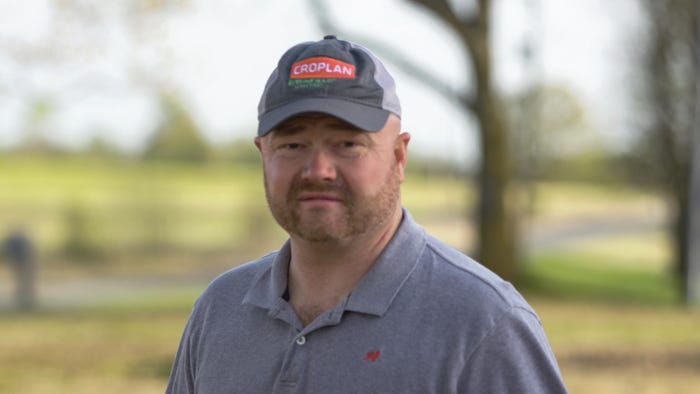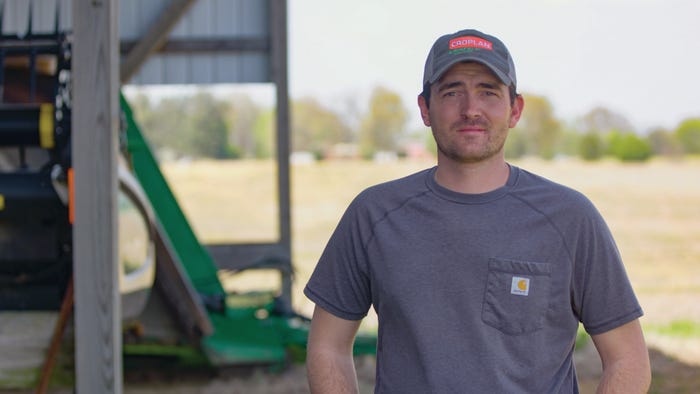
In a recent webinar by BASF, to ensure farmers understand the label requirements of dicamba and the difference between dicamba and auxin herbicides, two Tennessee brothers talked about the important stewardship needed for dicamba technology success.
Hunter and Rusty Grills operate a ninth generation family farm in northwestern Tennessee where they grow soybeans, corn and wheat. Their farm is 100% dicamba tolerant, because Rusty says the new technology is helping control pigweed after a wet start to the 2018 growing season.
Solved early wet conditions
“If you don’t have a pigweed problem, you are very lucky. I feel it will be a continuous fight for the rest our lives,” says Rusty. He adds that dicamba is a tool in the weed fighting toolbox to help clean up fields due to the wet conditions his family farm has experienced so far in 2018. He says preventing the weeds was not possible because they couldn’t get into the fields because of the wet conditions.

He says it’s important in their farming operation to fight weeds from different angles in an effort to stop pigweeds. This has included Roundup, Liberty programs or dicamba.
Rusty’s brother, Hunter, agrees that stewardship is key to the weed fighting program.
2018 dicamba stewardship different than 2017
“We’re not owners of the earth, we are stewards. We have to be responsible and use the right product under the right conditions at the right time,” says Hunter. It’s important for farmers to be the best stewards possible to secure not just the farm’s future but the future of the dicamba technology as well.
Hunter says he had the restricted pesticide license already but the additional dicamba training offered by the University of Tennessee and BASF is working as a reminder of what must be done – including proper tank clean out, using the right nozzles, ensuring there are buffers in fields and the chemicals are applied at the proper rate at the proper time.

It’s important for farmers to keep up to date with dicamba labels and remember the checklist before heading to the fields. Most importantly, communicate with neighbor farmers about what is in their fields before an application, Hunter says.
Rusty adds that the most important thing for farmers to do in 2018 is to:
Prevent a weed problem before it happens
If possible, rotate crops
Be aware of the crop rotation in relation to neighbors
Change up the chemistries in fields to fight weeds.
One clear difference the Grills noted, comparing 2018 with 2017 requirements, is the spraying hours required for dicamba. Under the restricted label, the herbicide has to be sprayed between 7:30 a.m.-5:30 p.m.
Improved dicamba training
BASF has been busy with training for Engenia herbicide, designing digital tools for farmers and providing the right equipment for farmers to use on their sprayers. The company designed training so producers and other ag professionals can learn how dicamba can impact not only the farmland it’s being applied to but neighbors as well.
BASF worked with universities to hold 500 training sessions so producers could learn the difference in nozzles, boom heights required and to learn what a temperature inversion is to reduce the impact of dicamba damage.
For more details, visit the Engenia Herbicide Stewardship Portal. And here is the Engenia herbicide spray checklist. For states with more specific applications (Arkansas, Minnesota, Missouri, North Dakota, Ohio, South Dakota and Tennessee), you find these checklists here.
About the Author(s)
You May Also Like




